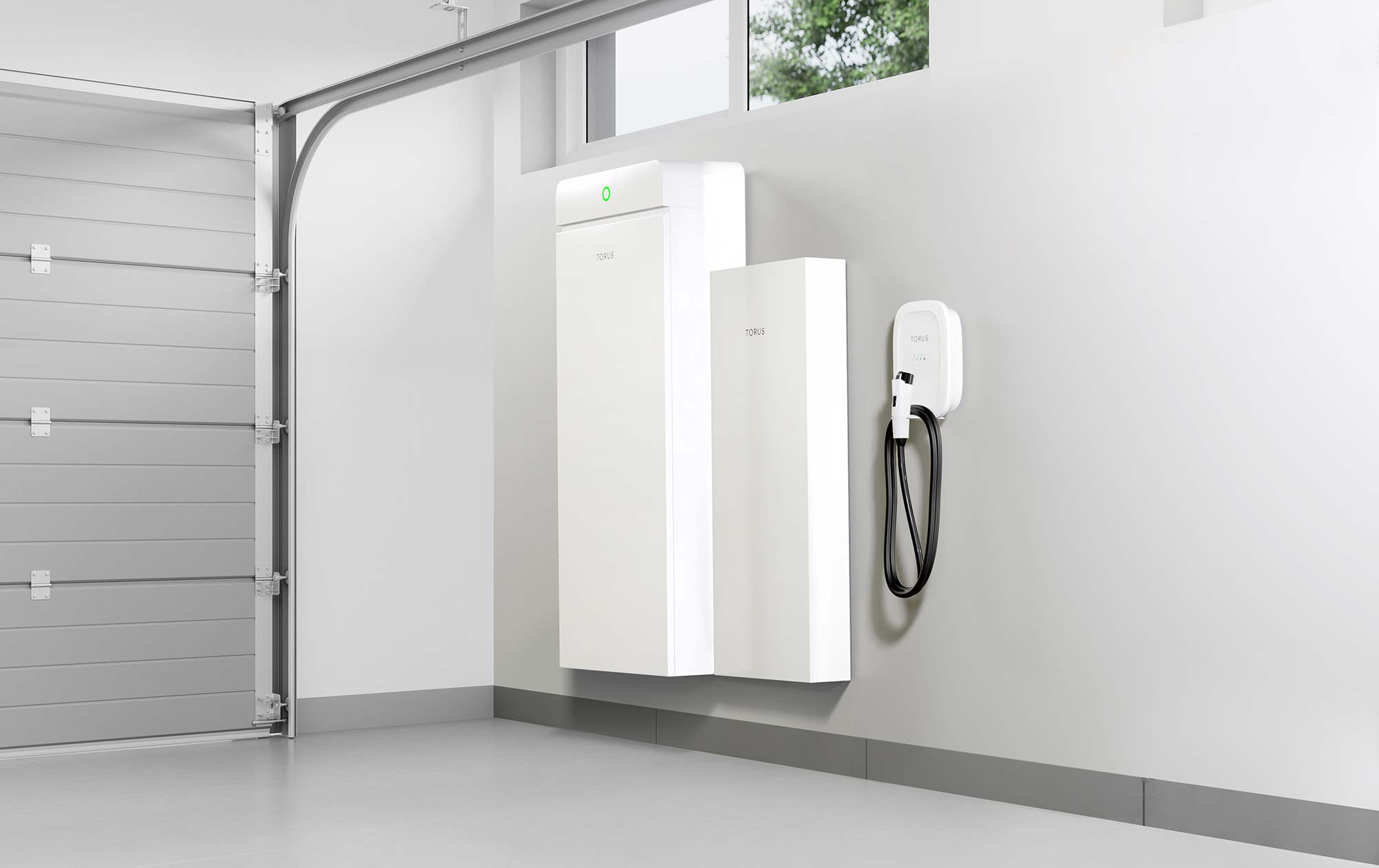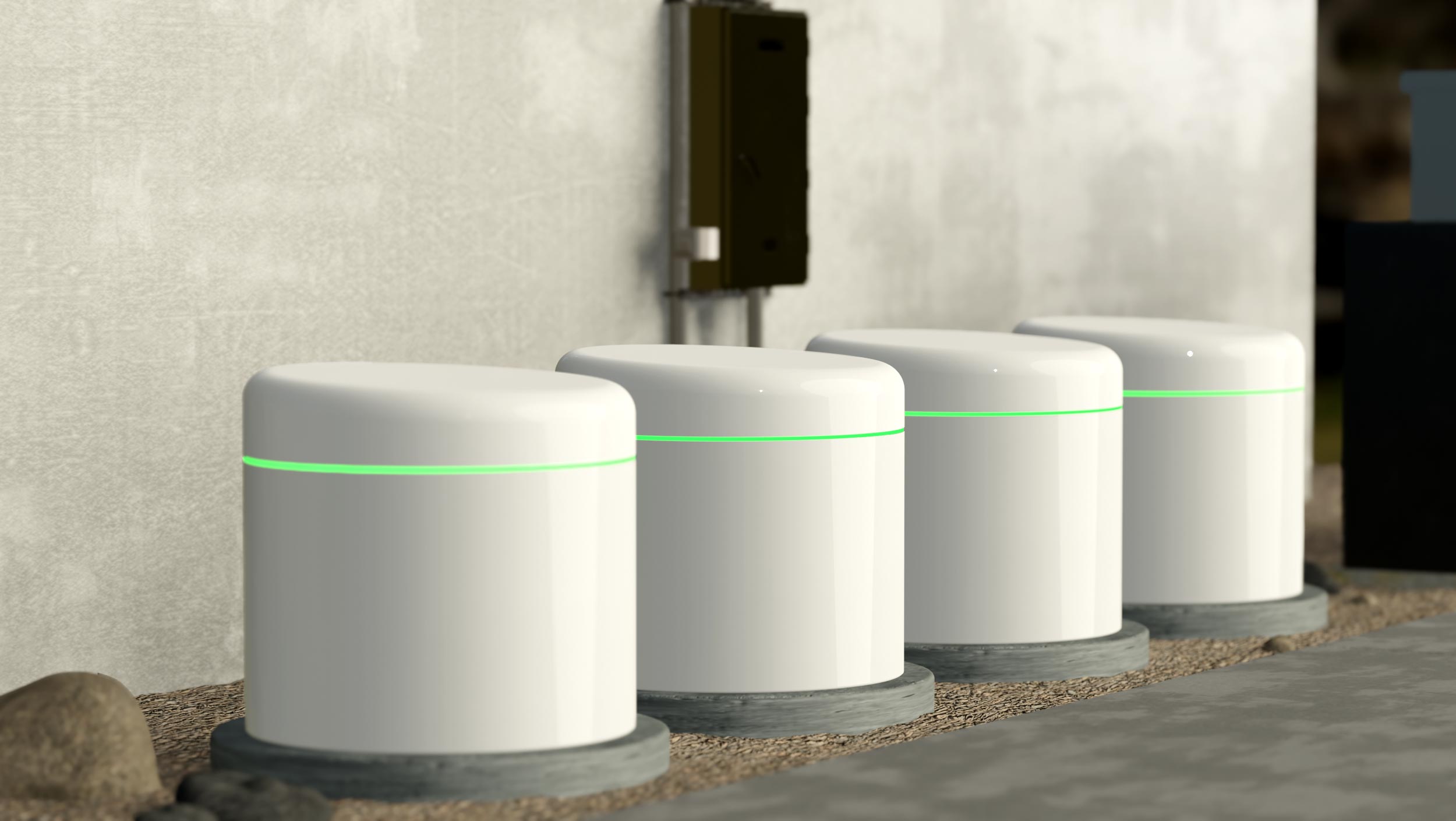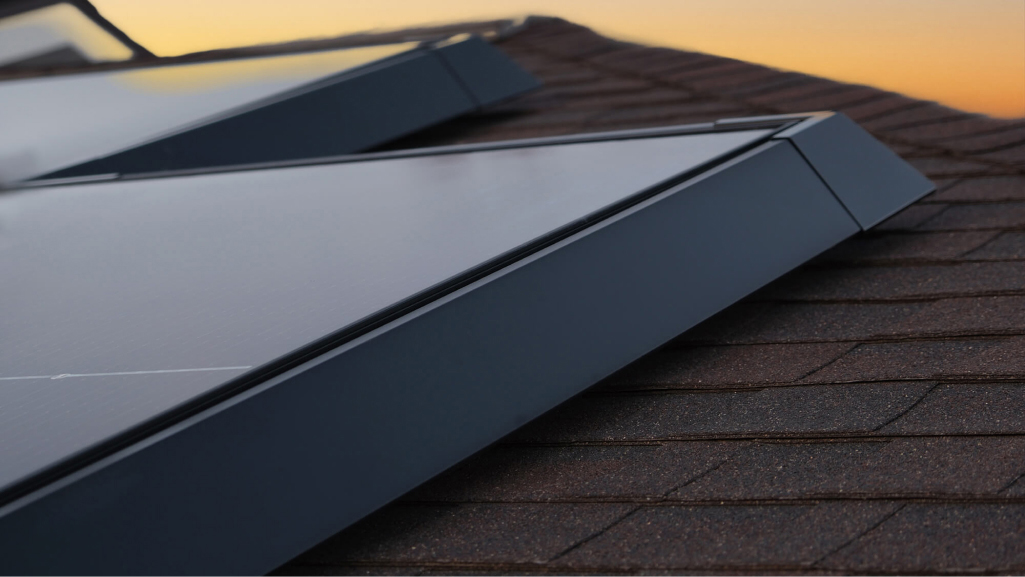How Do You Charge an EV?
Everything you need to know about topping up your EV
As electric vehicles (EVs) continue to gain popularity, one of the key considerations for EV owners is how to efficiently and conveniently charge their vehicles. Charging an EV is different from refueling a conventional gas-powered car, but with the right information and resources, it can become as seamless and intuitive as pumping gas. In this comprehensive guide, we'll walk you through the different types of EV charging, charging equipment, charging speeds, and other essential aspects to help you make the most of your EV charging experience.
Types of EV Charging:
- Level 1 Charging: Level 1 charging is the most basic and readily available charging method. It involves plugging your EV into a standard 120-volt household outlet using the charging cable that comes with the vehicle. Level 1 charging is relatively slow, typically providing around 3 to 5 miles of range per hour of charging. It is suitable for overnight charging at home or when you have ample time to charge.
- Level 2 Charging: Level 2 charging requires a dedicated charging station that operates on a 240-volt electrical supply. This type of charging delivers power at a faster rate than Level 1, providing around 10 to 30 miles of range per hour of charging, depending on the charging station's power output and the vehicle's onboard charger capacity. Level 2 chargers are commonly installed at homes, workplaces, and public charging stations.
- DC Fast Charging: DC Fast Charging, also known as Level 3 charging, is the fastest charging option available for EVs. It uses direct current (DC) to rapidly charge the vehicle's battery. DC Fast Chargers can deliver a substantial amount of range in a short period, typically providing 60 to 80 miles of range in just 20 minutes of charging, depending on the charger and vehicle capabilities. These chargers are usually found at highway rest areas, commercial charging stations, and select public locations.
Charging Equipment:
- Charging Cables: EVs come with a charging cable that allows you to plug your vehicle into various charging sources. It’s essential to familiarize yourself with the type of charging cable your EV requires and ensure you have the appropriate adapters for different charging scenarios.
- Charging Stations: To facilitate Level 2 and DC Fast Charging, you will need a charging station or access to public charging infrastructure. Charging stations come in various forms, including wall-mounted units for home installation, standalone units at public locations, and networked charging stations that offer advanced features like remote monitoring and payment systems.
Charging Speeds:
The charging speed of an EV depends on multiple factors, including the vehicle's onboard charger capacity, the charging station's power output, and the charging cable used. Faster charging options, such as Level 2 and DC Fast Charging, can significantly reduce charging time and allow for convenient long-distance travel.
Tips for Efficient Charging:
- Plan Ahead: Familiarize yourself with the charging infrastructure in your area and plan your trips accordingly. Utilize online maps and smartphone apps that display charging station locations, availability, and compatible charging networks.
- Take Advantage of Off-Peak Charging: Depending on your electricity rate plan, charging your EV during off-peak hours, typically overnight, can save you money and support grid stability. Consider installing a timer or utilizing smart charging features to optimize charging during low-demand periods.
- Public Charging Etiquette: When using public charging stations, be considerate of other EV owners and avoid occupying a charging spot longer than necessary. Move your vehicle promptly after charging is complete to allow others to access the charging station.
- Explore Home Charging Incentives: Check for incentives, rebates, or special utility programs that may be available to encourage home charging infrastructure installation.
Remember, the charging infrastructure and technologies surrounding electric vehicles are continuously evolving, so it's essential to stay updated with the latest advancements and products on the market. With the right knowledge and resources at hand, you can confidently navigate the world of EV charging and enjoy the benefits of owning an electric vehicle while contributing to a cleaner and more sustainable future.
The Torus Station is the most effective way to create, store, and manage clean, renewable energy at home.
Curious? Learn More.
Interested in a free consultation? Get in Touch
Ready to commit? Customize your system




